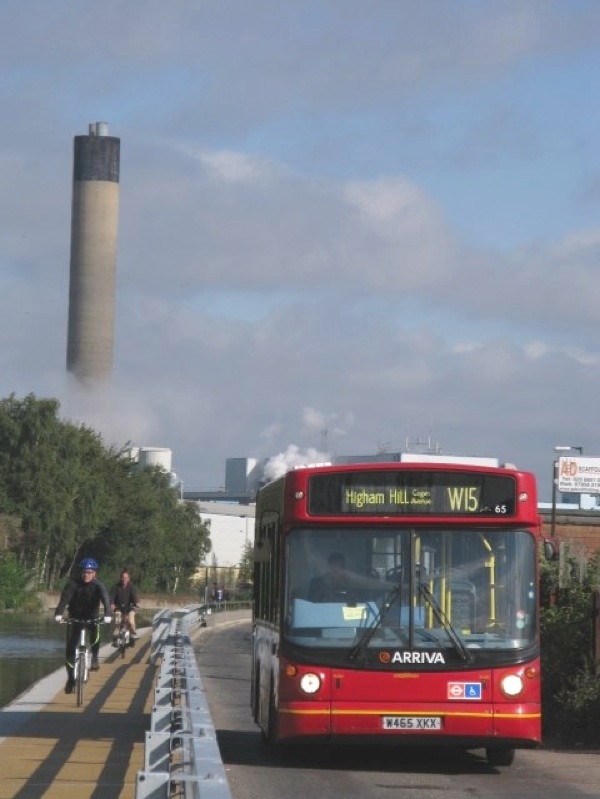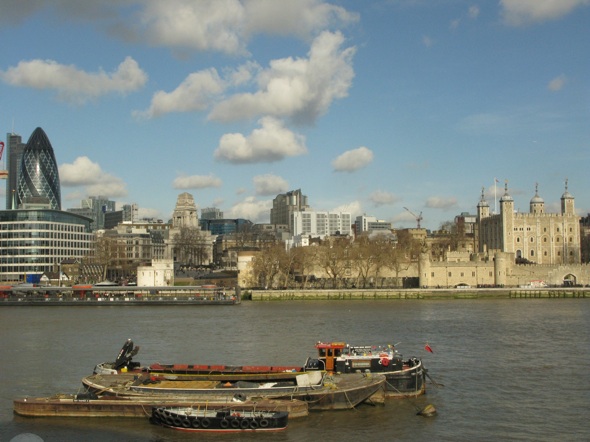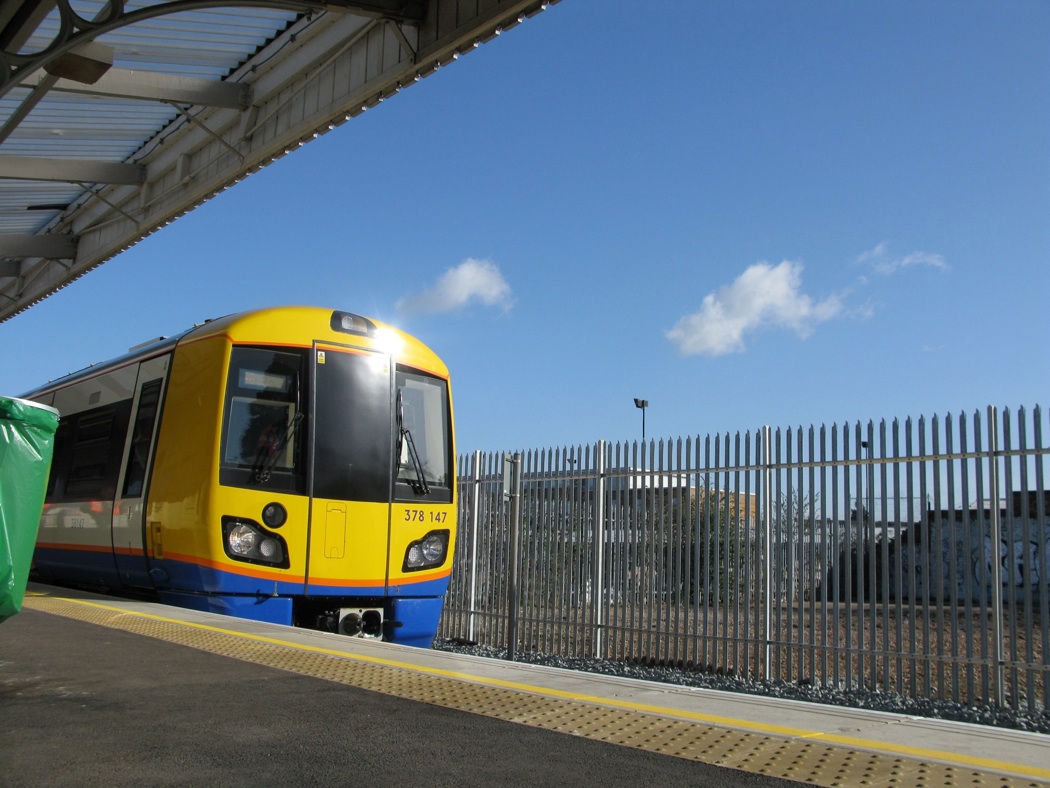London’s economy in 2012 depended heavily on the city’s transport infrastructure.
Transport improvements changed perceptions about London’s boundaries. Shortened journey times to and from central London allowed populations in outlying suburbs to access jobs, services and leisure activities in the city’s ‘core activity zone’.
The challenge remained to find affordable ways to increase air, rail, road and underground capacity without damaging neighbourhoods and destroying natural habitats.
Delayed decisions, funding problems and construction also seemed to be a thing of the past. The High Speed One rail link to London was built 13 years after the Anglo-French Channel Tunnel was opened. Crossrail - an east-west London rail link - only began construction after decades of delay. Crossrail 2 - a north-south London rail link - also appeared on the political agenda in 2012.
Notably, the Olympic Games and Arsenal Football Club’s Emirates stadiums were built relatively quickly compared to England’s impressive but much-delayed national Wembley Stadium.



